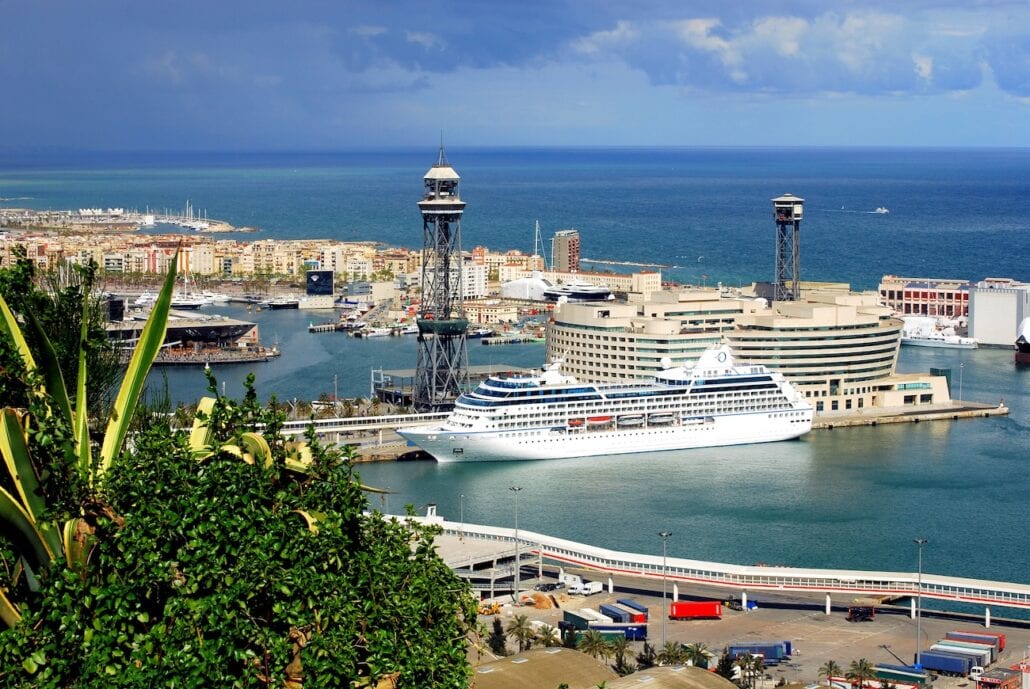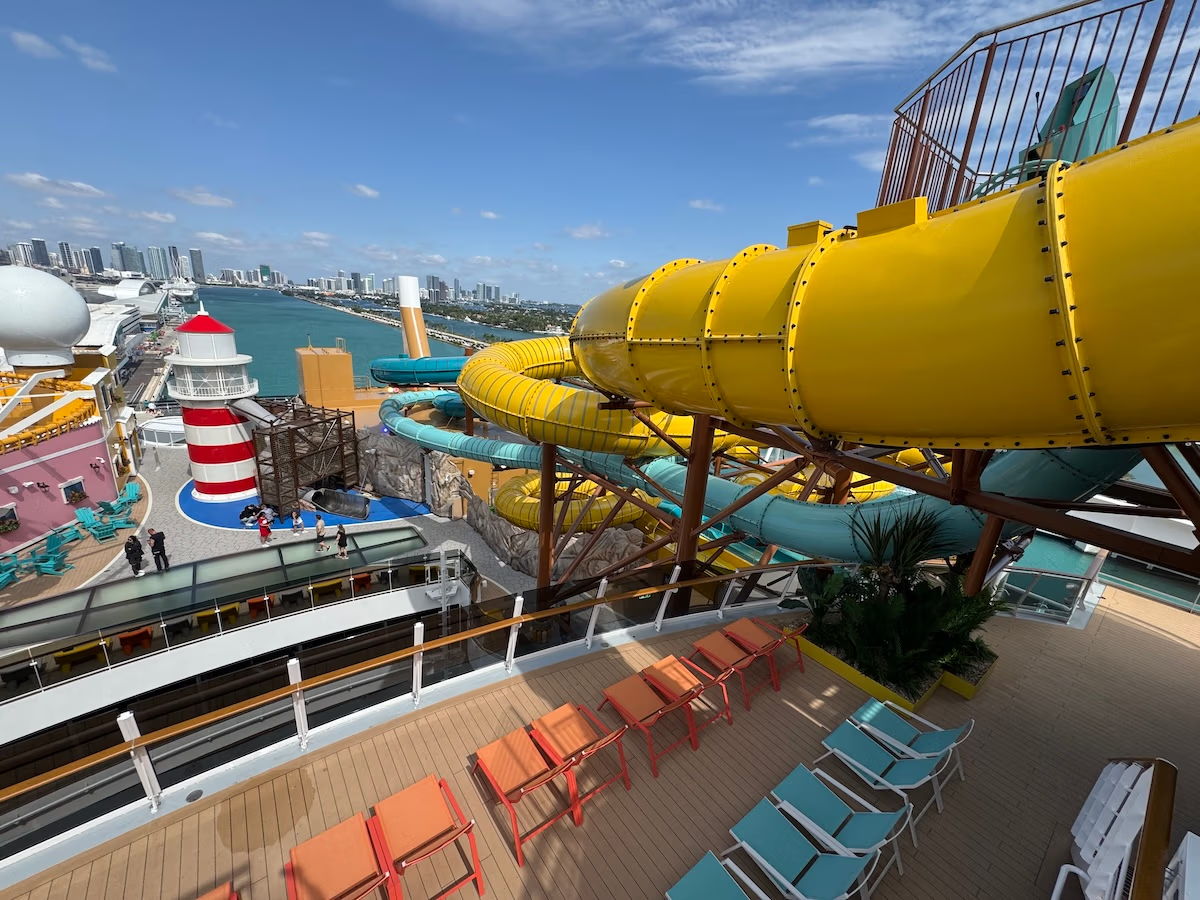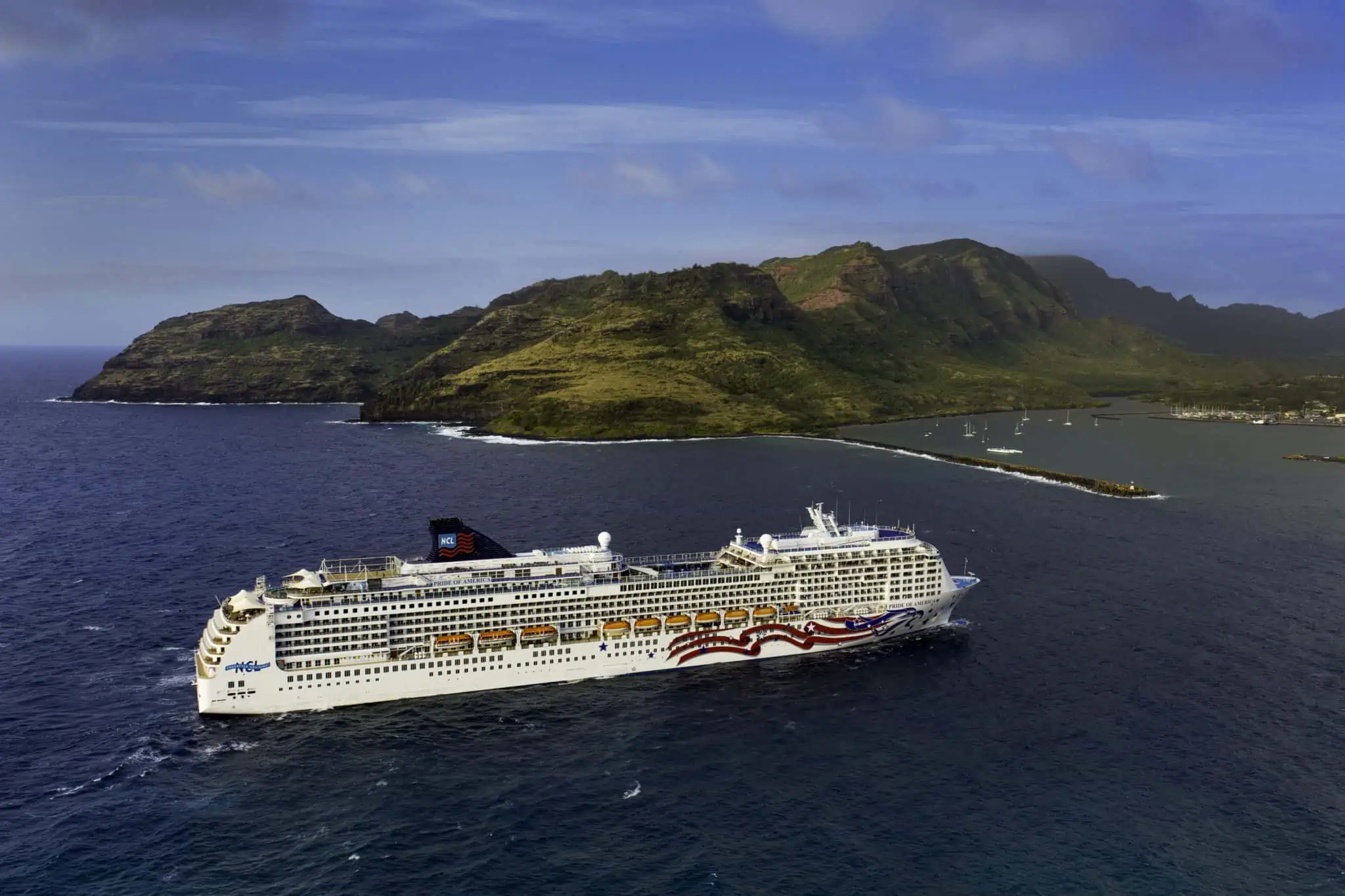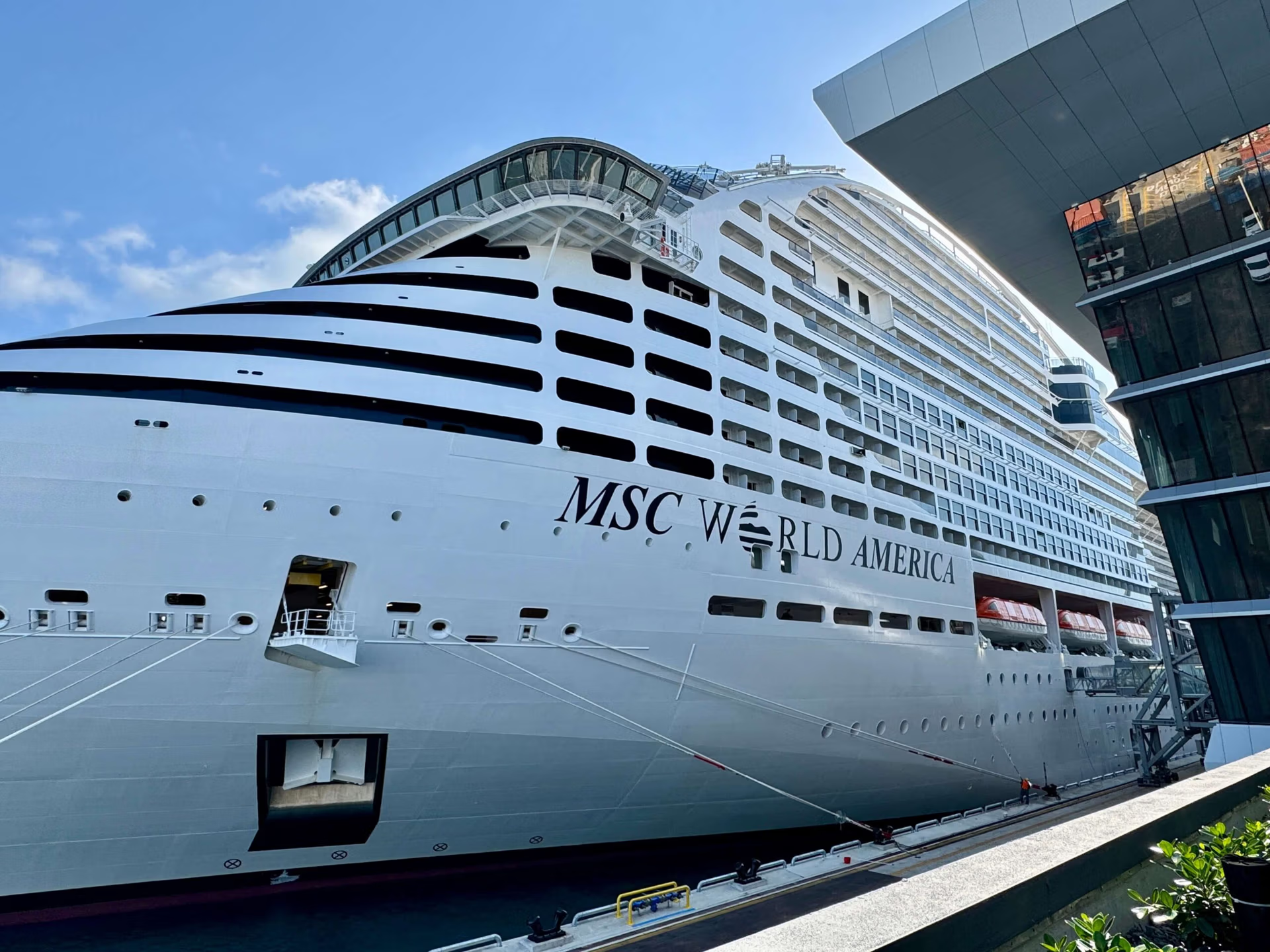Cruise ships are massive vessels that require a lot of power, which can strain local communities’ electric grids.

Carnival Corporation (CCL) is working on a new project that could change this. They plan to install over a thousand solar panels, which will not only meet the cruise ports’ energy needs but also generate extra power.
This surplus energy will allow the two cruise ports to operate independently from the local electric grid, and the excess electricity can be used to power nearby households.
Powering Barcelona

The ambitious project seeks to install 1,350 roof-mounted panels at Palacruceros (Terminal D) and Helix Cruise Center (Terminal E).
Work began on the Palacruceros Terminal last July with the help of a solar company in Catalonia. The entire project is expected to be completed before the end of the year.
| These panels will collectively generate over 866,000 kilowatt-hours (kWh) annually—more than enough to sustain daily operations. This means that surplus energy can be routed to the local energy grid, supplementing nearby communities’ power reserves in an environmentally friendly way. |
Carnival believes around 32% of its generated electricity can be sent back to the local grid for the Helix Cruise Center alone. Within a year of operation, the panels will produce more than 245,000 kWh of surplus power, representing 28% of total capacity and enough power for the yearly needs of 60 households.

Last March, Carnival unveiled its new solar panel farm in Amber Cove, the company’s exclusive cruise port in the Dominican Republic. The panels allow the facility to reduce greenhouse gas emissions by around 1,000 tons annually.
Along with congestion, limited resources are a severe concern to Barcelona. Last February, freshwater became so scarce that the government temporarily stopped supplying water to cruise ships. Barcelona is one of the busiest cruise ports in the Mediterranean.







